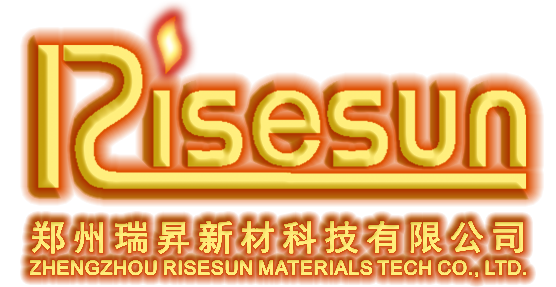21
2025
-
01
Understanding Silicon Molybdenum Rods: Essential Components in Electrical Heating Equipment
Silicon molybdenum rods are crucial components in the electrical heating industry, particularly in the realm of high-temperature applications. These rods combine silicon and molybdenum to create a material that exhibits excellent electrical conductivity and high resistance to thermal shock, making them ideal for various electric heating devices. One of the primary advantages of silicon molybdenum
Silicon molybdenum rods are crucial components in the electrical heating industry, particularly in the realm of high-temperature applications. These rods combine silicon and molybdenum to create a material that exhibits excellent electrical conductivity and high resistance to thermal shock, making them ideal for various electric heating devices.
One of the primary advantages of silicon molybdenum rods is their ability to withstand extreme temperatures. When used in electric furnaces, these rods can typically operate at temperatures exceeding 1600°C (2912°F). This high-temperature tolerance is essential for processes requiring intense heat, such as metal melting, ceramics production, and materials testing.
Moreover, silicon molybdenum rods exhibit superior durability compared to other heating elements. Their resistance to oxidation and corrosion enables them to maintain performance over extended periods, reducing the need for frequent replacements and thus minimizing downtime in industrial settings. This reliability is particularly valuable in environments where consistent heating is critical.
In addition to their thermal properties, silicon molybdenum rods are also praised for their efficiency. They can quickly reach operational temperatures, allowing for faster processing times in various applications. Their effectiveness in converting electrical energy into thermal energy makes them a popular choice in industries such as metallurgy, ceramics, and even electronics.
The versatility of silicon molybdenum rods extends beyond high-temperature applications. They are also employed in laboratory settings for experimental setups that require precise temperature control. Their ability to provide uniform heating contributes to the accuracy and reproducibility of experimental results, making them indispensable tools in research and development.
When selecting silicon molybdenum rods for specific applications, it is essential to consider factors such as the required temperature range, the type of heating equipment being used, and the material being processed. Understanding these parameters will help professionals choose the right rod specifications, ensuring optimal performance and longevity.
In conclusion, silicon molybdenum rods play a pivotal role in the electrical heating equipment industry by providing reliable, efficient, and high-temperature heating solutions. Their unique properties make them suitable for various applications, from industrial manufacturing to laboratory experiments. By leveraging the advantages of silicon molybdenum rods, professionals can enhance the performance and efficiency of their electrical heating devices.
One of the primary advantages of silicon molybdenum rods is their ability to withstand extreme temperatures. When used in electric furnaces, these rods can typically operate at temperatures exceeding 1600°C (2912°F). This high-temperature tolerance is essential for processes requiring intense heat, such as metal melting, ceramics production, and materials testing.
Moreover, silicon molybdenum rods exhibit superior durability compared to other heating elements. Their resistance to oxidation and corrosion enables them to maintain performance over extended periods, reducing the need for frequent replacements and thus minimizing downtime in industrial settings. This reliability is particularly valuable in environments where consistent heating is critical.
In addition to their thermal properties, silicon molybdenum rods are also praised for their efficiency. They can quickly reach operational temperatures, allowing for faster processing times in various applications. Their effectiveness in converting electrical energy into thermal energy makes them a popular choice in industries such as metallurgy, ceramics, and even electronics.
The versatility of silicon molybdenum rods extends beyond high-temperature applications. They are also employed in laboratory settings for experimental setups that require precise temperature control. Their ability to provide uniform heating contributes to the accuracy and reproducibility of experimental results, making them indispensable tools in research and development.
When selecting silicon molybdenum rods for specific applications, it is essential to consider factors such as the required temperature range, the type of heating equipment being used, and the material being processed. Understanding these parameters will help professionals choose the right rod specifications, ensuring optimal performance and longevity.
In conclusion, silicon molybdenum rods play a pivotal role in the electrical heating equipment industry by providing reliable, efficient, and high-temperature heating solutions. Their unique properties make them suitable for various applications, from industrial manufacturing to laboratory experiments. By leveraging the advantages of silicon molybdenum rods, professionals can enhance the performance and efficiency of their electrical heating devices.



